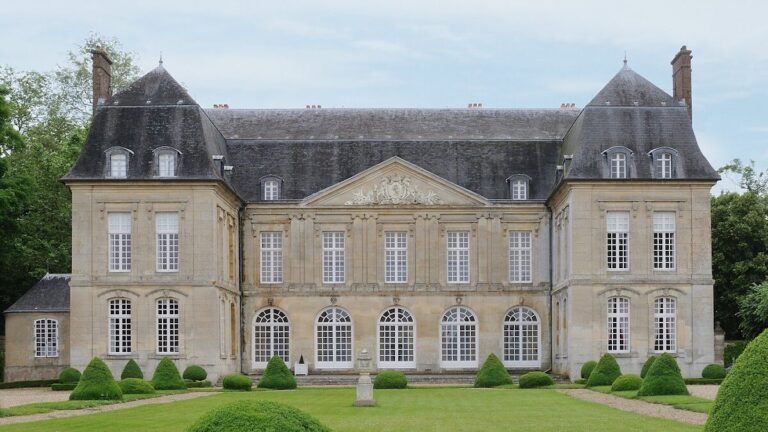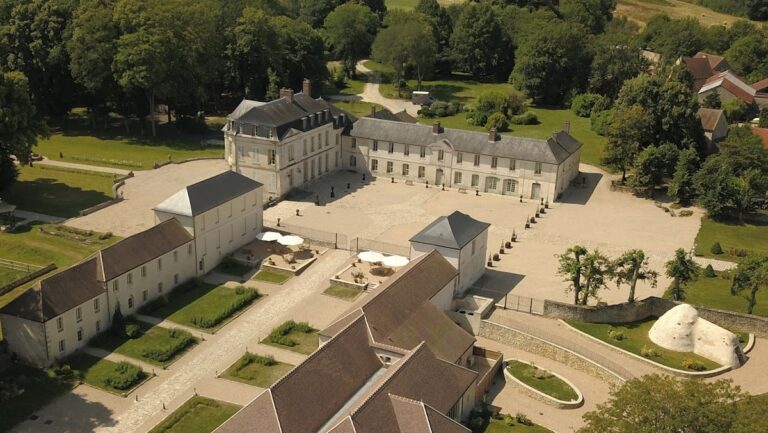Castle of Gisors: A Historic Norman Fortress in Normandy, France
Visitor Information
Google Rating: 4.3
Popularity: Medium
Google Maps: View on Google Maps
Official Website: vexin-normand-tourisme.com
Country: France
Civilization: Medieval European
Remains: Military
History
The Castle of Gisors is located in the town of Gisors, within the Eure department of Normandy, northern France. It was originally built by the Normans in the late 11th century to defend the duchy’s border against French expansion. The fortress was established around 1097 by Robert II de Bellême under the orders of William II of England, who was then regent of Normandy.
In the early 12th century, the castle became a site of political importance. In 1113, it hosted a meeting between Louis VI of France and Henry I of England. The castle faced its first siege in 1120 during a Norman rebellion supporting William Clito. Between 1123 and 1135, the original wooden keep was replaced by a stone octagonal donjon, marking a shift toward more durable fortifications.
In 1144, Geoffrey Plantagenet, Duke of Normandy, ceded the castle and the surrounding Norman Vexin region to Louis VII of France. Over the next century, the castle frequently changed hands between the English and French crowns. From 1158 to 1160, during a truce, the Knights Templar were entrusted with the castle’s defense, with three Templar knights overseeing it. Henry II of England reclaimed the fortress following his son’s marriage to the French princess Marguerite.
Between 1170 and 1180, Henry II undertook major rebuilding efforts. The donjon was raised by two additional floors, and the defensive walls were expanded with eight towers and a large ditch. In 1193, Philip II of France captured the castle while Richard the Lionheart was imprisoned. Philip added the cylindrical “Prisoner’s Tower,” a barbican, and a royal residence, which was later destroyed in the 20th century.
After the late 12th century, the castle’s military role declined, and it was converted into a prison. From 1310 to 1314, it held Jacques de Molay, the last Grand Master of the Knights Templar, along with other senior Templars during their suppression. During the Hundred Years’ War, the English seized the castle in 1419, but the French retook it in 1449. The fortress was decommissioned in 1591 and later recognized as a historic monument in 1862.
In the 20th century, the castle became linked to legends about Templar treasure. Unauthorized excavations took place in the 1940s, followed by official digs in 1964. These activities destabilized the artificial mound beneath the donjon, causing structural damage and leading to the cessation of further excavations.
Remains
The Castle of Gisors is a motte-and-bailey fortress featuring a large polygonal stone keep atop an artificial mound about 30 meters high and 70 meters wide at its base. The central donjon is octagonal and was originally built with a single floor in the early 12th century. Around 1161, Henry II added two timber-floored stories, supported by flat buttresses designed to hold wooden hoardings and machicolations, which are openings for dropping objects on attackers.
Surrounding the donjon is a circular curtain wall, known as a chemise, reinforced with regularly spaced buttresses. This design, introduced by Robert de Bellême, allowed defenders to fire along the walls and eliminated blind spots. The summit enclosure included a chapel, kitchen, and well. Access was provided by a monumental staircase flanked by two walls, leading from the base of the mound to a large gate.
An extensive outer defensive wall, about 200 meters long and 10 meters high, encircles the motte. It includes eight towers, among them the cylindrical “Prisoner’s Tower,” built by Philip II between 1197 and 1200. This tower rises 28 meters above the surrounding ditch and 14 meters above the courtyard. Inside, it contains three vaulted chambers with six-part rib vaults. The tower served as a prison and archive storage. Its ground floor cell features 16th-century naive sculptures carved in near darkness by a prisoner named Nicolas Poullain.
Another notable tower is the “Devil’s Tower,” constructed around 1190. It is one of the earliest cylindrical flanking towers with arrow slits, begun under the Plantagenets and completed under Philip II. Only fragments remain of the Romanesque Saint-Thomas-Becket chapel, limited to parts of the apse integrated into the enceinte at the motte’s summit.
Beneath the castle lie several underground cellars and galleries. Unauthorized excavations in the 20th century destabilized the motte, causing fissures in the donjon’s structure. Today, the castle’s esplanade has been converted into a public garden, and the site has been protected as a historic monument since 1940.










